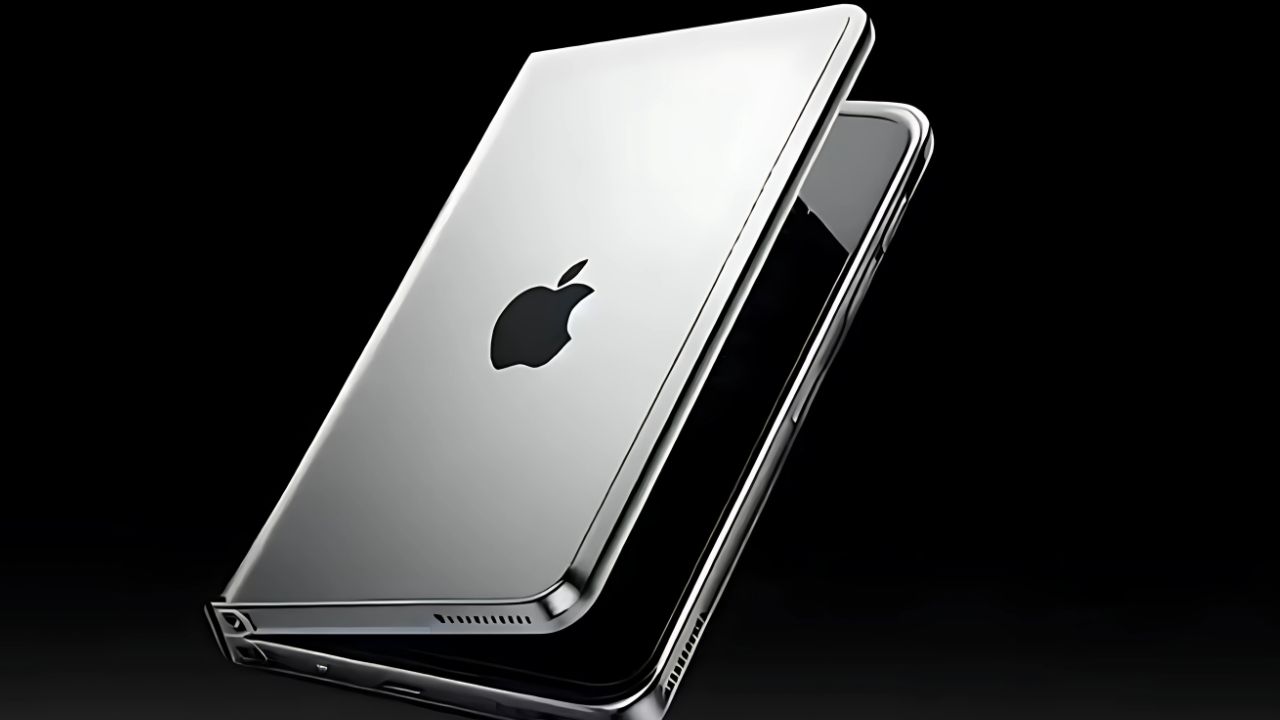The tech world is buzzing with excitement as new reports suggest Apple has begun developing iOS 27 with a very specific purpose in mind – supporting their long-awaited foldable iPhone. This isn’t just another incremental software update; it represents Apple’s bold step into uncharted territory that could reshape how we interact with our smartphones forever.
What Makes This Development So Significant?
For years, Apple has watched competitors like Samsung, Huawei, and other manufacturers experiment with foldable technology while maintaining their traditional iPhone design philosophy. But according to recent insights from Bloomberg’s Mark Gurman, Apple is finally ready to join the foldable revolution – and they’re doing it their way.
The most telling sign of Apple’s commitment comes from their decision to build iOS 27 from the ground up with foldable functionality in mind. This isn’t about retrofitting existing software; it’s about creating an entirely new user experience that takes full advantage of a device that can literally unfold before your eyes.
Why Apple’s Timing Makes Perfect Sense
Apple rarely rushes into new product categories. They prefer to observe, learn from others’ mistakes, and then deliver something that feels polished and intuitive from day one. This approach has worked brilliantly with products like the Apple Watch and AirPods, both of which entered established markets but quickly became category leaders.
The foldable phone market has matured enough for Apple to feel confident about entering it. Early foldable devices suffered from durability issues, software glitches, and hefty price tags that scared away mainstream consumers. Now, after several generations of improvements from various manufacturers, the technology has reached a point where Apple can deliver the seamless experience their customers expect.
What to Expect from iOS 27’s Foldable Features
Apple’s approach to iOS 27 development suggests they understand that foldable phones aren’t just bigger screens – they’re fundamentally different devices that require new ways of thinking about mobile interaction.
Learning from iPad Success
One of the most logical directions for iOS 27 involves borrowing proven concepts from iPadOS. The iPad’s interface already demonstrates how Apple handles larger touchscreens, multiple app windows, and gesture-based navigation. However, adapting these features for a device that folds in half presents unique challenges and opportunities.
Imagine being able to run two completely different apps on each half of your unfolded iPhone, or having the bottom half transform into a virtual keyboard while the top displays your content. These aren’t just cool party tricks – they represent genuine productivity improvements that could make foldable iPhones indispensable for many users.
The Multitasking Revolution
Current iPhones handle multitasking reasonably well, but they’re limited by screen real estate. A foldable iPhone running iOS 27 could change this entirely. Picture editing a video on one half of the screen while monitoring social media notifications on the other, or video calling a friend while simultaneously taking notes.
The China Strategy: A Market Apple Can’t Ignore
Perhaps the most intriguing aspect of Apple’s foldable plans involves their strategic focus on the Chinese market. This region has embraced foldable technology more enthusiastically than anywhere else in the world, with local brands like Xiaomi, Honor, Huawei, and Vivo all launching successful foldable devices.
Understanding Chinese Consumer Preferences
Chinese consumers have shown a clear preference for book-style foldables over flip-phone designs. This preference directly influences Apple’s development direction, as they appear to be pursuing the book-style format that opens like a small tablet rather than a clamshell design.
This market intelligence demonstrates Apple’s commitment to creating products that resonate with global audiences rather than just their traditional Western customer base. By designing iOS 27 with Chinese consumer preferences in mind, Apple positions itself to compete more effectively in one of the world’s most important smartphone markets.
The Price Reality: Premium Experience at Premium Cost
Let’s address the elephant in the room – cost. Industry experts predict Apple’s foldable iPhone will likely carry a price tag around $2,000, similar to other premium foldable devices currently available. This pricing positions it firmly in the luxury segment, but history suggests Apple’s execution could justify the premium.
Value Beyond the Novelty
At $2,000, consumers expect more than just a cool folding mechanism. They want genuine productivity improvements, exceptional build quality, and software that makes the foldable form factor feel essential rather than gimmicky. iOS 27’s dedicated development suggests Apple understands this expectation and is working to deliver real value.
The integration between hardware and software has always been Apple’s secret weapon. While Android foldables often feel like regular phone software stretched across unusual screens, iOS 27 promises purpose-built functionality that could make the foldable experience feel natural and intuitive.
What This Means for the Future of Smartphones
Apple’s entry into the foldable market with iOS 27 could catalyze broader industry changes. When Apple adopts new technology, it often becomes mainstream quickly. Their influence on app developers, accessory manufacturers, and consumer expectations could accelerate foldable adoption across all price segments.
The Ripple Effect
If Apple succeeds with their foldable iPhone and iOS 27, expect to see rapid improvements in foldable technology industry-wide. Competitors will respond with their own innovations, potentially leading to better devices at lower prices for everyone.
Looking Ahead: The Foldable Future
While official details about iOS 27 and Apple’s foldable iPhone remain scarce, the fact that development has reportedly begun signals serious intent. Apple doesn’t start major software projects without confidence in their hardware timeline.
For consumers, this development represents an exciting glimpse into the future of mobile technology. Whether you’re interested in enhanced productivity, innovative entertainment experiences, or simply having the latest cutting-edge device, Apple’s foldable iPhone with iOS 27 promises to deliver something genuinely new in a smartphone market that has felt increasingly incremental in recent years.
The next few months will likely bring more leaks and rumors as Apple’s development progresses. One thing seems certain – the smartphone landscape is about to get much more interesting.
